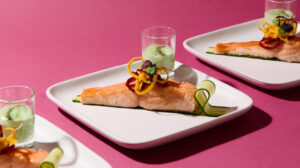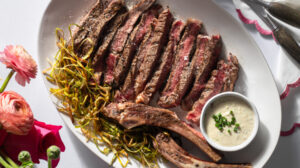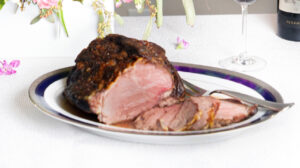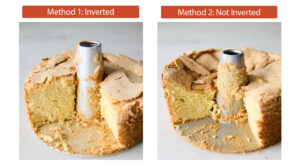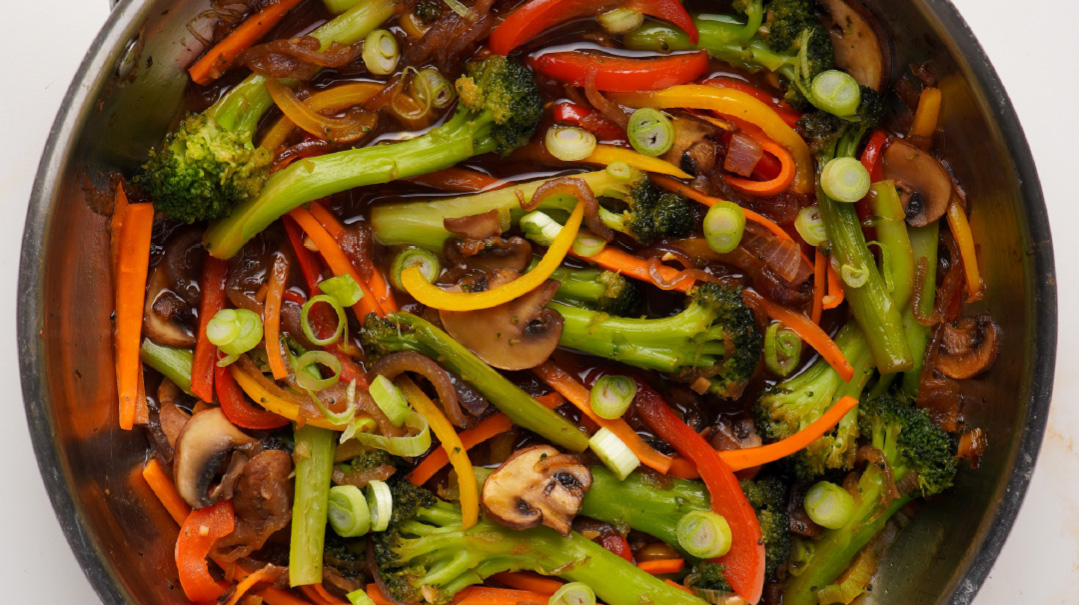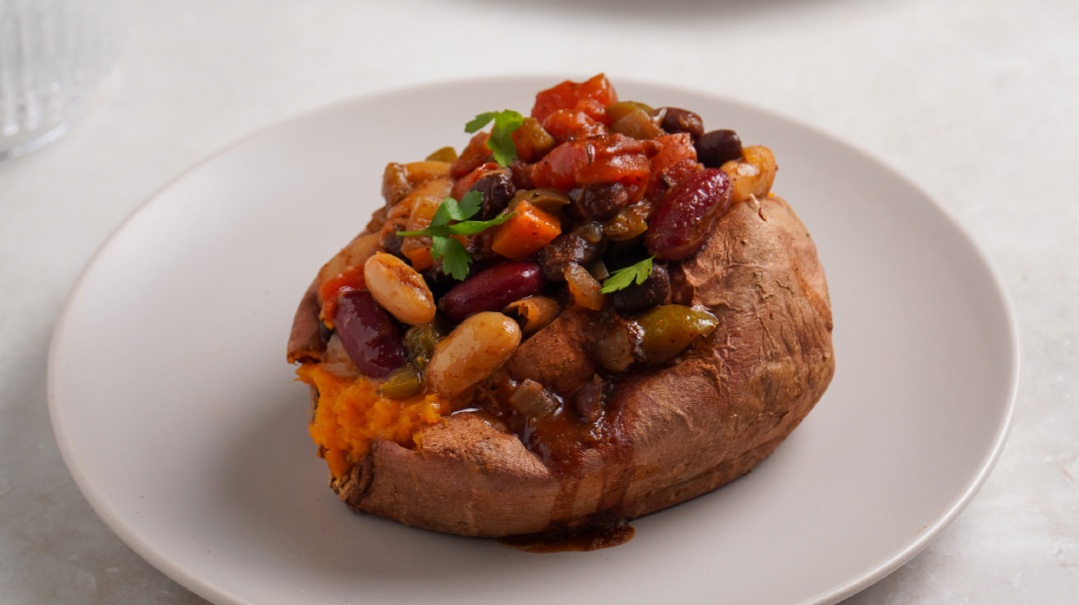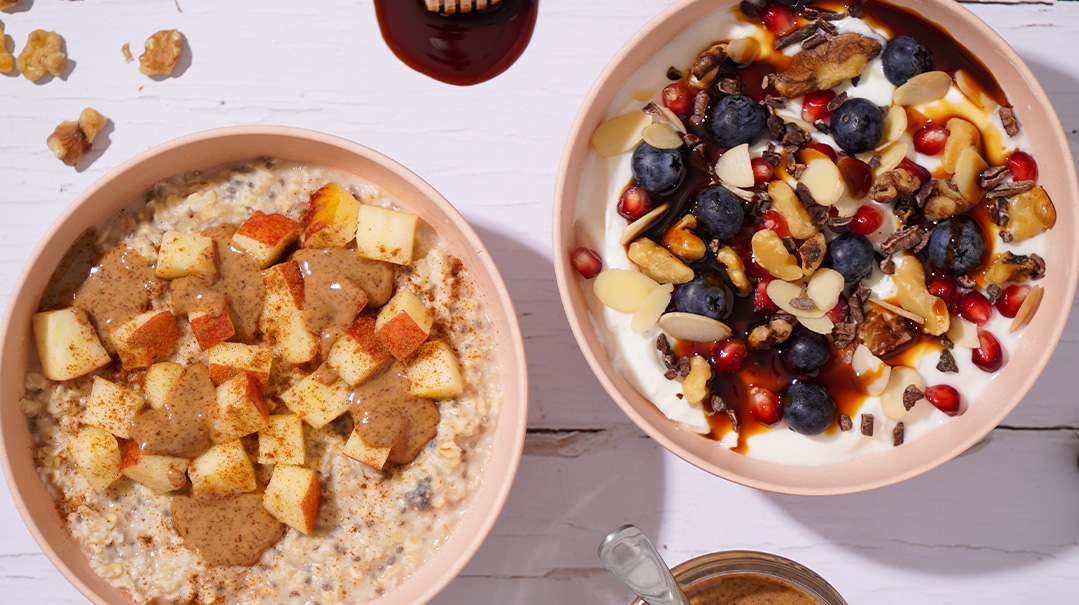Make the Most of Your Cup
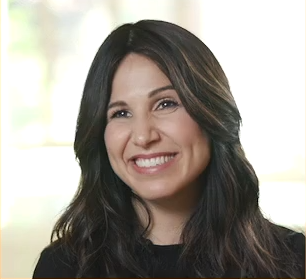

Photo Credit: Sina Mizrahi
With Pesach around the corner, there’s so much to do and only so many hours in our day! On fast-forward days like these, many of us opt for coffee instead of breakfast. In fact, a lot of us might drink coffee instead of eating breakfast on regular days, too.
Coffee does what we usually count on food to do: it energizes us and fills us up. It seems like a natural meal replacement. But is it a reliable one?
The Java Jolt
After caffeine is absorbed in the gut, it enters the bloodstream and travels to the liver, where it’s broken down and begins to affect different parts of the body. In our brains, it blocks the effects of adenosine — the neurotransmitter that helps us wind down and feel sleepy. It also stimulates the brain so that we become more alert and focused.
Coffee also suppresses appetite. (It’s not clear which compound is responsible for this, but it’s not necessarily the caffeine; decaf does it, too.) If you’re a morning coffee drinker, you probably don’t feel that hungry after your cup. But once the effect wears off in the early afternoon, you may be familiar with that sudden onset of tiredness — and hunger! If you’ve skipped breakfast, the hunger will be pretty intense. Even after you eat, you might notice that you’re craving sugary snacks or treats. Those cravings will often resurface at night.
It’s interesting, but some of the effects of caffeine have to do with the fact that caffeine depletes our hydration stores. Our bodies use water to flush the caffeine out of our bodies. If we don’t restore them, we might also feel less energetic or focused simply because we’re dehydrated.
What Now?
Far be it from this non-coffee drinker to take away your jolt of java. I got off caffeine during my first pregnancy, as per my OB’s advice, then stayed off it when I saw the improvement in my sleep and digestion. With caffeine out of the equation, I realized I’d never really enjoyed the taste of coffee, and I became a tea or hot-water-and-lemon girl.
For most people, though, coffee’s here to stay. So here’s how I suggest making the most of it:
Have a balanced breakfast with your coffee.
Every meal should include protein (along with the other three macros) for optimal satiation, but in the morning, protein takes on even greater importance. Eating an adequate amount of protein at breakfast helps maintain even blood sugar levels, increases metabolism, and keeps us fuller and more focused all day long. It even helps curb nighttime cravings.
Try enjoying your coffee alongside a balanced meal that incorporates protein, like eggs, nuts or nut butter, or full-fat dairy (consider trying sheep or goat milk if you can’t tolerate cow’s milk).
- Make your coffee into breakfast — the macro way.
While it’s best to chew your macros, drinking them is still a much better option than skipping them! Smoothies, a protein shake, or this week’s Power Java recipe are great filling options for days when breakfast in the car or at your desk is your only option. - When you get hungry in the early afternoon, recognize it for what it is.
Reaching for another coffee will only ramp up nighttime cravings, and it might even make it hard for you to wind down at bedtime. Instead, have a macro meal (protein + complex carb + fiber + healthy fat) or a satisfying macro snack (at least two of the four macros). If drinking your fuel is all you have time for, having a smoothie that contains protein or a decaf version of the Power Java on the next page will help you fill up for real, instead of pushing off your hunger for an hour. - Avoid dehydration by drinking one cup of water for every cup of coffee.
This way, you’ll make up for the water you lose as your body flushes the coffee from your system, and you’ll feel the difference in your energy and digestion.
Here’s to making your Yom Tov prep caffeinated but satisfying — so that you can get your jobs done while feeling full and energized in a balanced, healthy way!
Wishing you the best of health,
Rorie
Power Java
While I’ve shared smoothies and my Collagen Cold Brew recipe here, for all you die-hard hot coffee drinkers out there, this power latte is for you.
SERVES 1
- 1½–2 Tbsp cashew butter or any nut/seed butter or blend of choice
- 1–2 tsp silan, maple syrup, or sweetener of choice (optional)
- 1 cup brewed hot coffee
- collagen powder (optional)
- cinnamon or cocoa powder, for sprinkling
Place nut butter, sweetener (if using), and coffee into your blender. (If using collagen, put that into the blender first, then add ¼ cup brewed coffee and mix until dissolved.)
Blend for 10 seconds. Pour your creamy rich latte into a mug or glass, sprinkle with cinnamon or cocoa, and enjoy.
Rorie Recommends: Trader Joe’s Mixed Nut Butter
I like pretty much every nut butter out there, but this one has a special depth of flavor thanks to the combination of different roasted nuts inside: almonds, cashews, walnuts, Brazil nuts, hazelnuts, and pecans. The friend who gave me the recipe for this coffee drink recommended this nut butter for it. While I don’t drink coffee, I enjoy Trader Joe’s Mixed Nut Butter on toasted sourdough or with my grain-free crackers. You can buy it at Trader Joe’s or on Amazon.
As a health coach certified in integrative nutrition, Rorie shows the frum community how delicious, fun, and doable it can be to incorporate healthy habits into our lifestyle, one small step at time. She’s the health ambassador of Kosher.com, founder of Full ’N Free, LLC, and a diehard recipe developer who’s always whipping up foods and treats that love us back. Her most recent project? Bringing the goodness of spelt sourdough to the public! Check out her all-new video demos and detailed instructions at www.fullnfree.com.
All statements are suggestive only. Please consult with your doctor before making any dietary or lifestyle changes.
(Originally featured in Family Table, Issue 785)
Oops! We could not locate your form.
